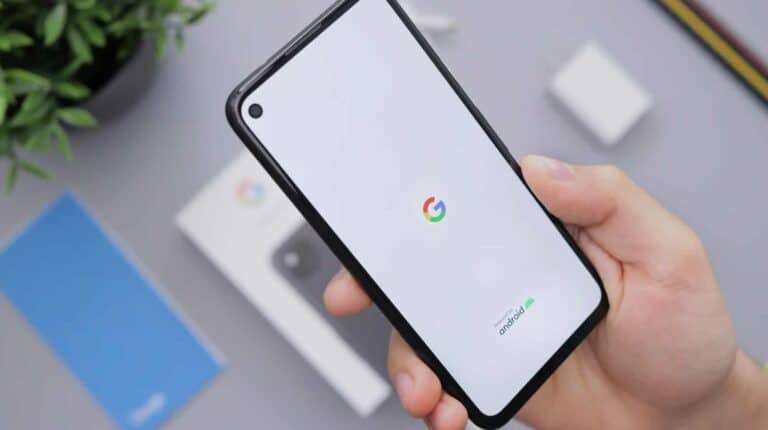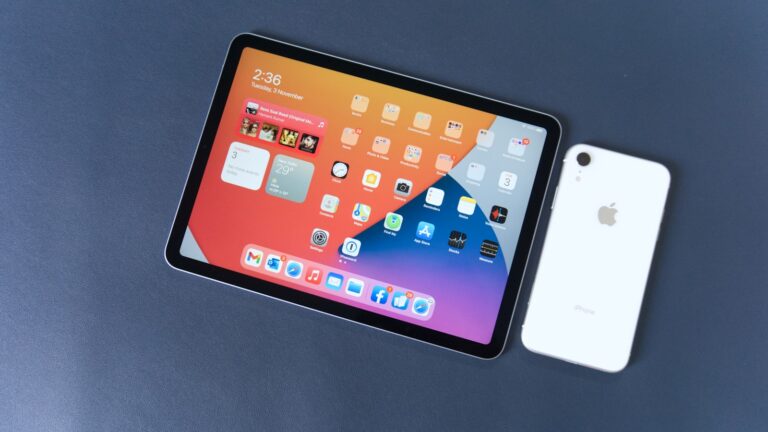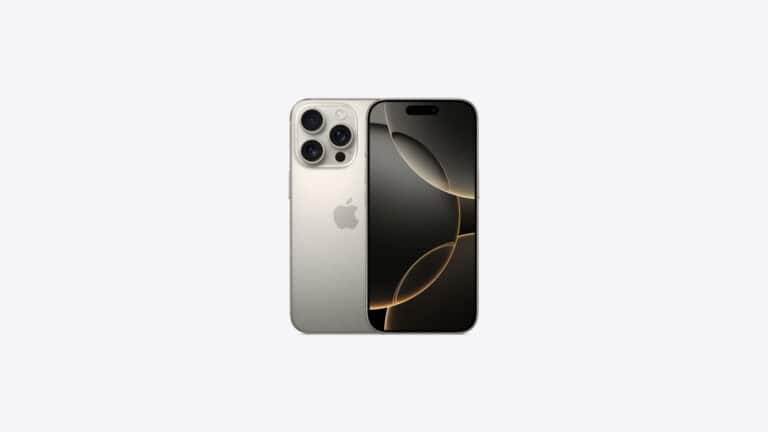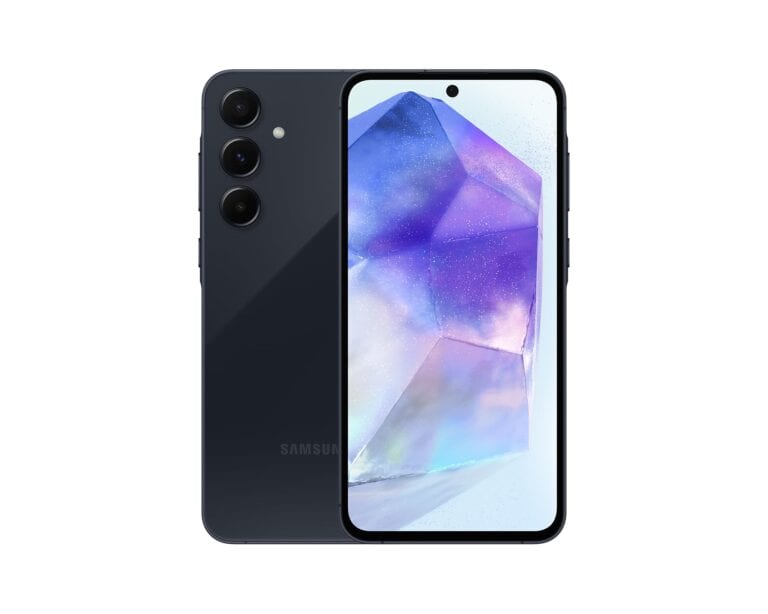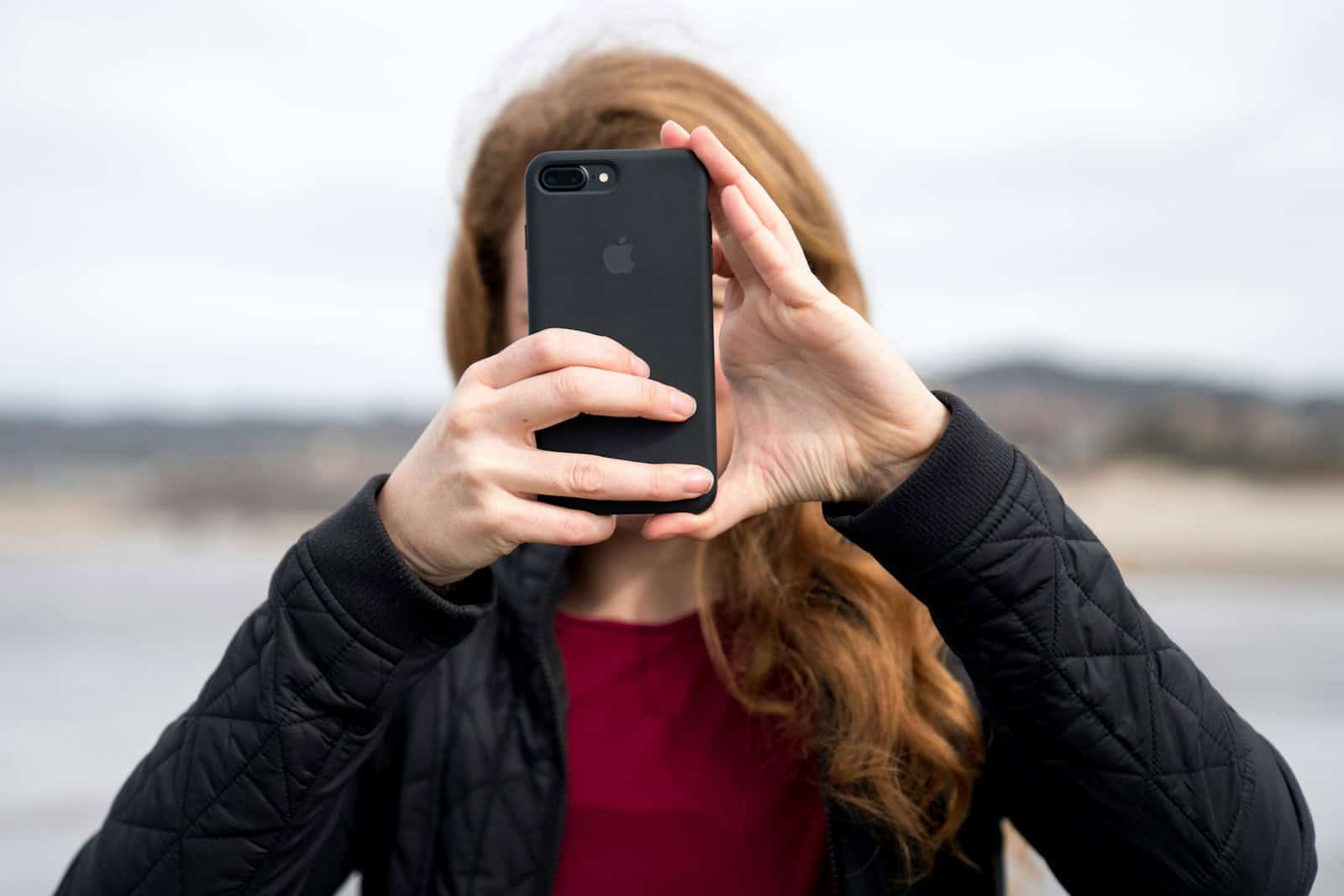
Are you unsure about the “Mirror Front Camera” setting on your iPhone? Do you wonder how it affects your selfies and why it’s there? Let’s explore this interesting feature and understand its purpose. The “Mirror Front Camera” setting on an iPhone determines how selfies are taken and stored.
- When it’s OFF (default): The front-facing camera takes a photo that’s flipped horizontally compared to what you see in the preview. This is similar to how a traditional camera works, and it’s how other people see you. Text and images in the photo will appear the correct way around.
- When it’s ON: Selfies are saved exactly as you see them in the preview, like looking in a mirror. This can be helpful for framing shots or if you’re used to seeing yourself mirrored. However, any text or images in the photo will be reversed.
In essence, the “Mirror Front Camera” setting lets you choose whether you want your selfies to be flipped or mirrored.
Mirror Front Camera on iPhone
Understanding the Mirror Front Camera
The “Mirror Front Camera” setting on your iPhone affects how your selfies appear. When turned off, selfies are flipped horizontally, like a mirror reflection. Turning it on captures the image as it appears in the viewfinder, preserving the original orientation.
Why the Mirror Front Camera Exists
Apple introduced this feature to address the confusion some users experienced with flipped selfies. Many people are accustomed to seeing themselves in a mirror, and flipped selfies can feel disorienting. The Mirror Front Camera provides a more familiar and intuitive selfie experience.
How to Turn the Mirror Front Camera On or Off
- Open the “Settings” app.
- Scroll down and tap “Camera.”
- Toggle the “Mirror Front Camera” switch on or off.
Impact on Photos and Videos
Remember that turning the Mirror Front Camera on only affects how your selfies appear in the viewfinder and Camera Roll. Photos and videos shared with others will still be flipped horizontally to maintain the standard viewing orientation.
Summary
| Feature | Description |
|---|---|
| Mirror Front Camera | Controls whether selfies are flipped horizontally (off) or captured as they appear in the viewfinder (on). |
| Purpose | Provides a more familiar and intuitive selfie experience for users accustomed to seeing themselves in a mirror. |
| Location | Settings > Camera |
| Impact | Affects selfies in the viewfinder and Camera Roll, but not photos and videos shared with others. |
Understanding Mirror Front Camera on iPhone
When users snap a selfie on an iPhone, the front camera can create a mirror image, essentially a flipped version of the original shot. This option has been a part of the iPhone’s camera settings since iOS 14, becoming an appreciated feature for many.
Concept of Mirrored Images
The term mirrored image refers to a flip that occurs across an imaginary vertical line in the center of the photo. When you take a selfie with your iPhone, the default setting is to capture the image as if you were looking at a reflection of yourself, similar to looking in a mirror. In this mode, any text or logo in the picture appears backwards. Flipping the image to mirror mode can be especially useful during FaceTime calls, providing a view that aligns with the other person’s perspective.
Evolution from iOS 14 to iOS 17
When iOS 14 launched, it introduced the ability for users to mirror the front camera of certain iPhone models, allowing them to preview and capture selfies as others would see them in real life. To enable this feature, users would navigate to the:
- Settings app
- Select Camera
- Toggle the Mirror Front Camera option
By the time iOS 17 rolled out, this feature had been refined, making it available across more devices. Each update has aimed to make the camera experience more intuitive. The option to mirror the selfie camera is found in the same place in the Settings app, and it remains a simple switch that alters how the camera captures your selfies. Users can confidently adjust their iPhones knowing that images can be mirrored based on their preference, providing greater control over the final photo’s orientation.
Adjusting Camera Settings for Mirrored Selfies
When taking selfies with an iPhone, users can easily adjust their camera settings to create a mirrored image, reflecting the view they see in the camera app. This feature helps ensure the selfies look just how the user intends, and here’s how it can be done.
Using the Camera App Toggle
In the Settings menu on an iPhone, one can find the option to adjust the front camera settings for taking mirrored images. Here’s a simple way to do it:
- Open the Settings app on your iPhone.
- Scroll down and tap on Camera.
- Look for the option labeled Mirror Front Camera.
- Tap the toggle switch to turn it on (it will become green when enabled).
Now, every time the Camera app is opened and switched to the front camera, the viewfinder will display a mirrored version of the frame. This means that the selfies captured will look the same as what’s seen on the screen.
Photo Editing Options
If a photo is already taken and you want to flip it later, the Photos app provides that flexibility. To mirror an image post-capture:
- Open the Photos app and find the selfie in your photo library.
- Tap the photo to view it and then select Edit in the top-right corner.
- Inside the Edit menu, tap the crop tool.
- Press the flip icon (which looks like two horizontal arrows forming a line) to mirror the image.
- Save your changes to keep the photo reversed.
This editing feature allows for more control over how the final photo appears, even after it has been taken.
Impact of Mirror Front Camera on Social Media
When people take selfies with their iPhone, the image they see in the camera preview is usually a mirrored version of the final photo. This feature has a notable influence on the presentation of images across social media platforms, especially on apps like Instagram.
Instagram and Social Media Integration
Instagram and other social media apps have become key spaces for sharing photographs. With the introduction of the mirror front camera feature on iPhones, users have noticed a change in how their selfies look on social media. Before this feature, photos taken with the front camera were flipped when saved, which could be confusing because the image looked different from the camera preview. Now, when a user takes a selfie, the saved image can remain a mirrored image, which is how most people are used to seeing themselves, for example in a mirror.
This consistency between the mirrored camera preview and the final photo makes it easier for individuals to adjust their pose or expression to get the look they desire before they snap the picture. For content creators on Instagram, this means they can craft their images with more precision, since what they see on-screen is exactly what will be shared with their followers.
Moreover, because selfies are a form of self-expression, the control over how an image is mirrored allows users to present themselves in a manner they feel most accurately represents them. This authenticity is essential on platforms like Instagram, where visuals play a critical role in connecting with an audience.
The integration of this feature into social media apps enhances user experience by simplifying the photography process and by ensuring that the photos look natural and true to life. It’s a small detail that has a significant impact on everyday digital interaction.
Frequently Asked Questions
Navigating your iPhone’s camera settings can unlock new potential for your photos, whether you’re flipping the perspective with the mirror feature or capturing the perfect selfie without stretching for the shutter button. Here are some of the common inquiries users have about their front camera options.
How can I enable or disable the mirror front camera feature on an iPhone?
On an iPhone, you can toggle the mirror front camera feature on or off by going to Settings, scrolling down to Camera, and looking for the option that says ‘Mirror Front Camera.’ Flipping this switch will let you decide whether your selfies are mirrored or not when you snap them.
What are the advantages of using the mirror front camera on an iPhone?
Using the mirror front camera on an iPhone can make your selfies look more natural and familiar because it reflects the image as you see yourself in a mirror. This can be especially useful when you want the photo to match your mirror image.
Why is the mirror front camera on my iPhone not working, and how can I fix it?
If you find the mirror front camera feature isn’t functioning, ensure your iPhone is updated to the latest iOS as this feature is not available on older versions. If the problem persists, try restarting your phone or resetting your camera settings.
How do I use the back camera on my iPhone as a mirror?
To use your iPhone’s back camera as a mirror, simply open your Camera app and switch to the back camera. Then, position your screen so you can see the reflection you want to capture or use for grooming assistance.
What steps can I take to take a selfie on an iPhone without pressing the button?
To take a hands-free selfie on your iPhone, you can use the timer feature found in the Camera app or employ voice commands with Siri. Alternatively, you can press the volume buttons to trigger the shutter without reaching for the touchscreen button.
Does the front camera on an iPhone accurately represent how others see me?
The front camera on an iPhone captures an accurate representation of your face, but keep in mind, most people are used to seeing themselves mirrored, as in a reflection. This means that unmirrored images can feel unfamiliar, even though they show how you appear to others.


